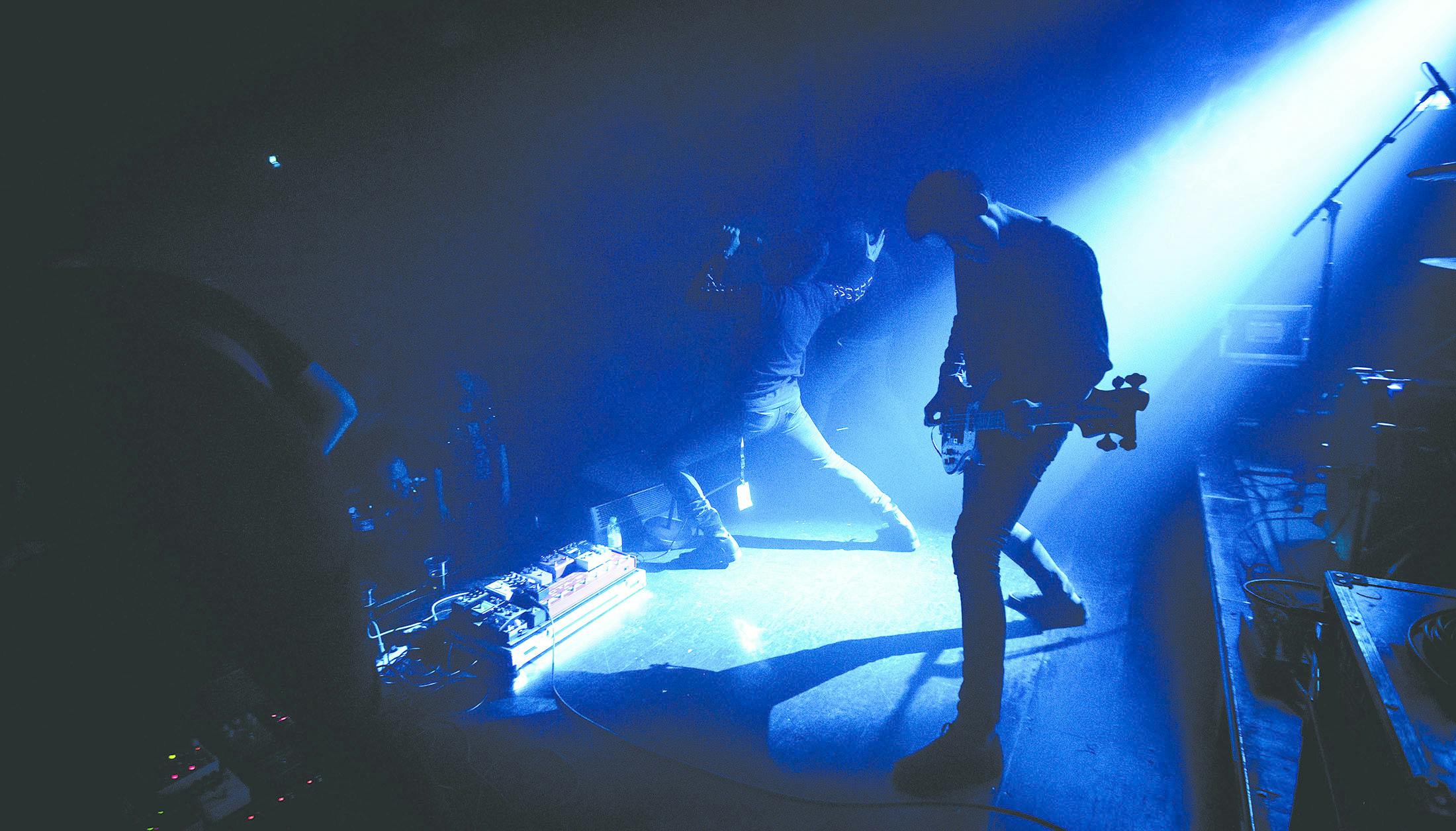If Møl’s debut UK dates in May will be a little less high profile, they’ll be an excellent opportunity to catch this exciting band up close and personal. As well as enthusing about the bands they’ll be playing with over here – Svalbard, Helpless and Monolithian – Kim is looking forward to checking our audiences out.
“I enjoy watching people when we play live,” he says. “I see so much going on out there. Even when they’re standing still with their closed eyes, I see so much activity in terms of what’s happening in their thoughts and in
their associations.
“The melodic aspects of our sound speak to a wider audience – people who really enjoy acts like Sigur Rós or the post-rock movement,” he continues. “And at the same time, we get diehard black metallers who show up in battle vests. We like how this atmospheric dimension in our music can bring all these people together, even if just for a moment. That’s what keeps me going, this instant where you can just lose yourself. You get to this place where, whatever you’ve done during the day, whatever troubles you have, you have a place that’s your own – together with a lot of people (laughs)!”
The only apparent problem with blackgaze, then, is the fact that nobody who plays it actually seems to like the term.
“I am not comfortable with labels when talking about Alcest,” says Neige. “Genre is unimportant. What matters is its essence: melodies, lyrics and emotions.”
“If you summarise something with one word, and more and more bands are described as this genre, it puts you in a box in some way,” reckons Kim.
Regardless, while geographically separated and inhabiting their own distinct worlds, these bands all share a sound and ethos. My Bloody Valentine and Slowdive shimmer and glide through their music as surely as Darkthrone and Emperor inform their aggressive sides. The melancholy and jubilation that Kim talks about make unexpectedly affecting bedfellows, and so do black metal and shoegaze.
Words: Olly Thomas
Photo: Dieter Skovbo
(This feature was originally printed in Kerrang! 1717 April 14, 2018)
Deafheaven grace the cover of Kerrang! this week. You can pick it up in UK newsagents now, or order online for delivery to anywhere in the world from this link.
